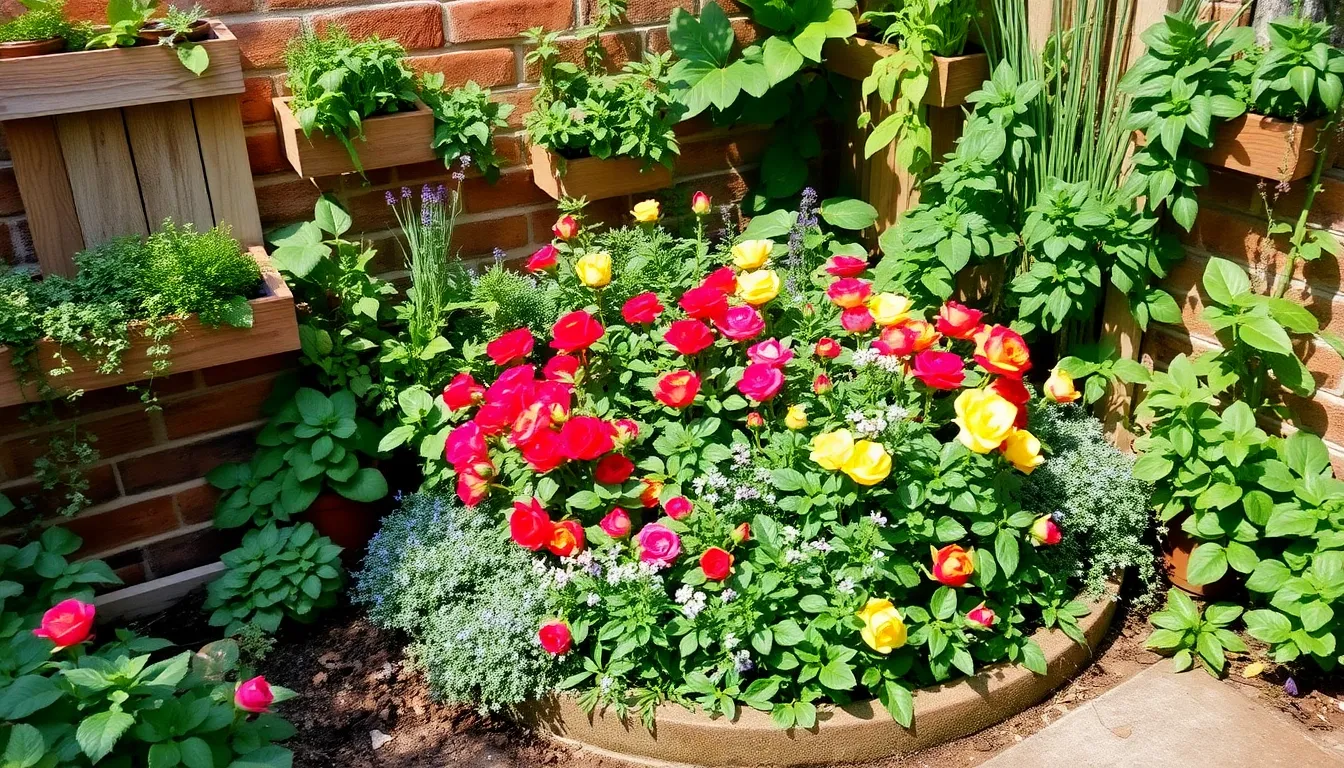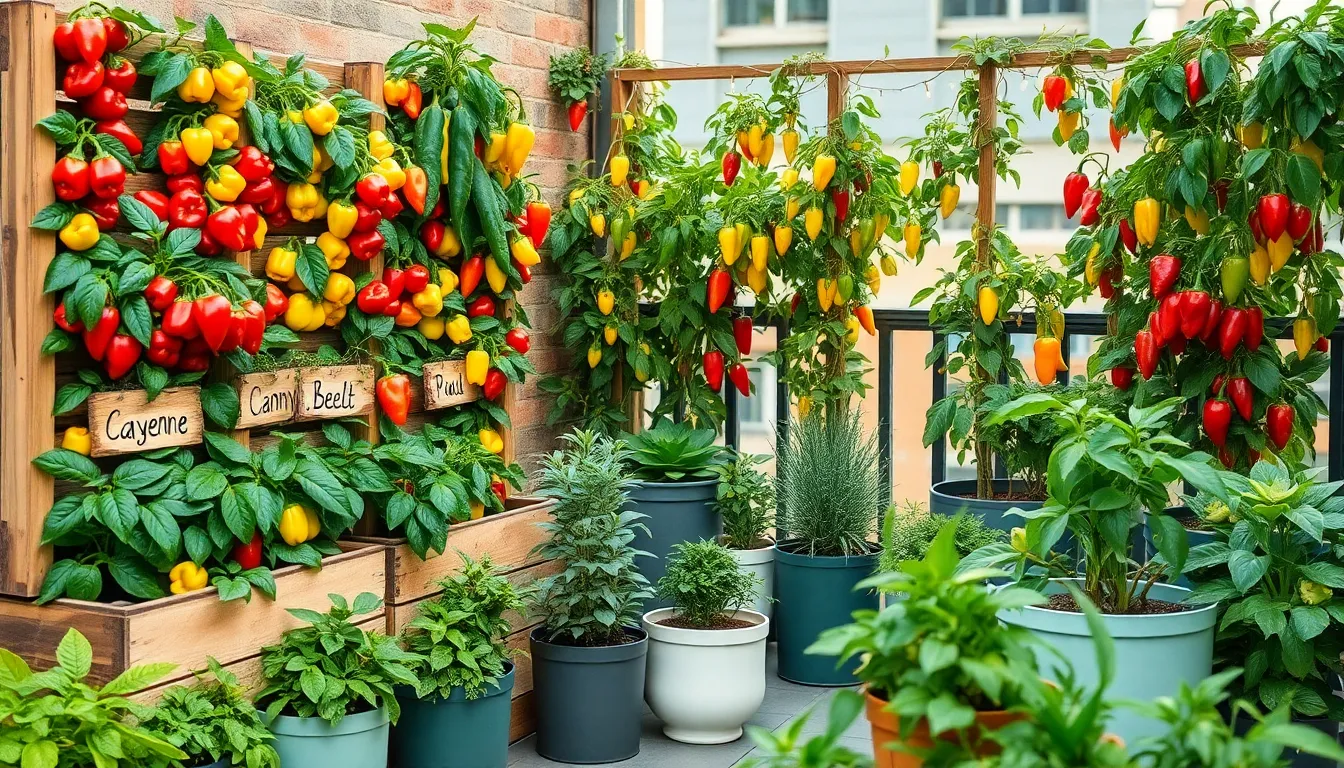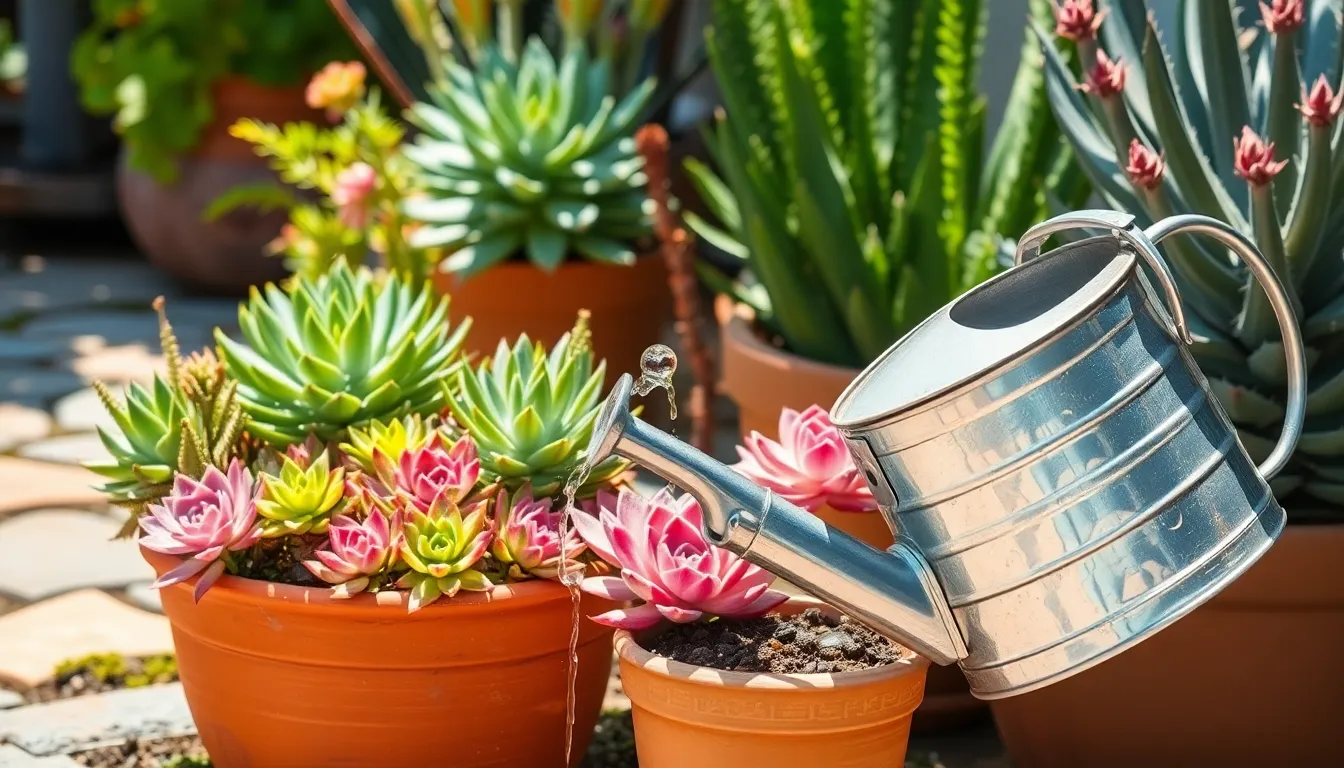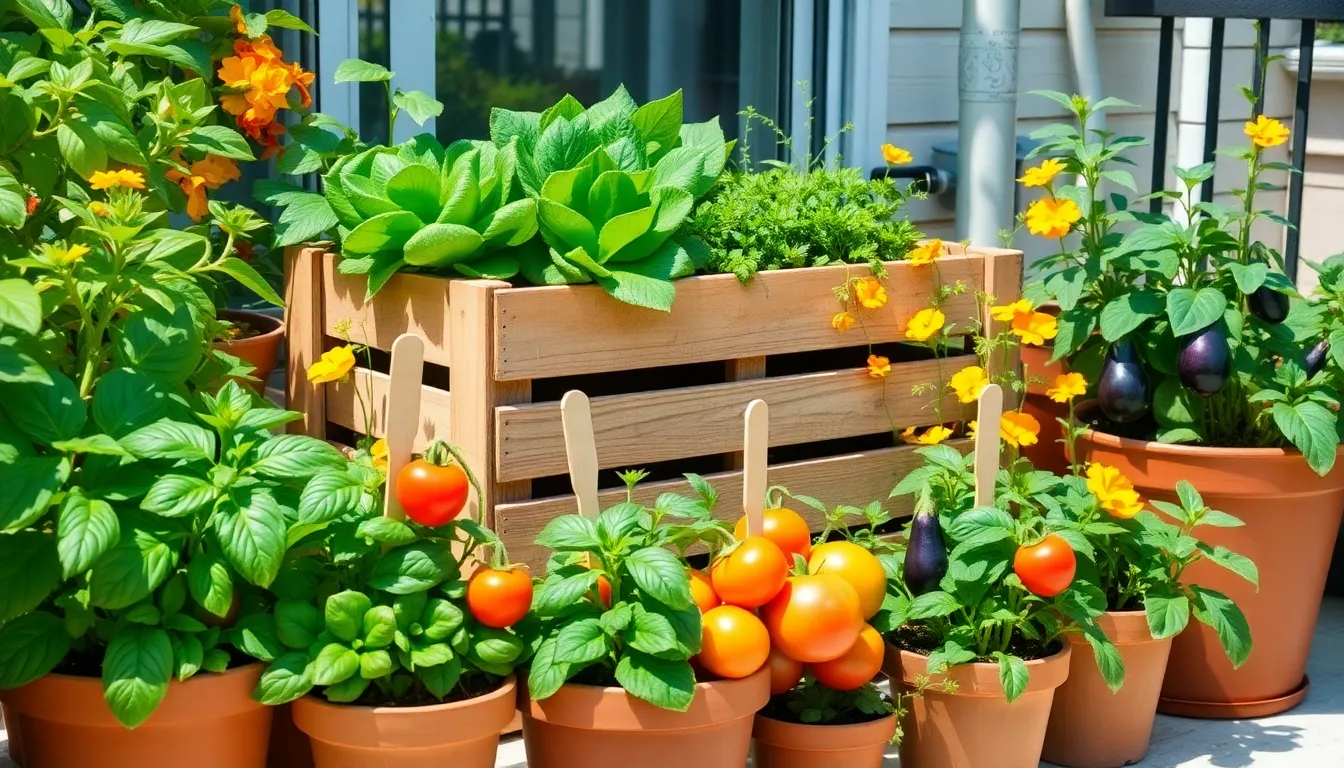Welcome to the enchanting world of small yard gardening, where every square foot brims with potential! Whether you’re just beginning your gardening journey or are a seasoned green thumb, this guide is your passport to transforming petite outdoor spaces into lush, vibrant havens. The joy of gardening knows no bounds, and neither should the size of your yard limit your creativity and success.
In this carefully curated list, you’ll discover the best outdoor plants perfectly suited for compact spaces, each chosen for their beauty, resilience, and ability to thrive in limited areas. These plants bring not only aesthetic appeal but also practical benefits, like enhancing air quality and providing habitats for beneficial insects. By the end of this guide, you’ll feel empowered and inspired to cultivate a garden that maximizes both beauty and functionality, regardless of the space constraints. Embrace the rewarding journey of successful gardening with confidence, and let your small yard become a testament to the magic of nature in even the tiniest of spaces.
Dwarf Boxwood (Compact and Low-Maintenance)
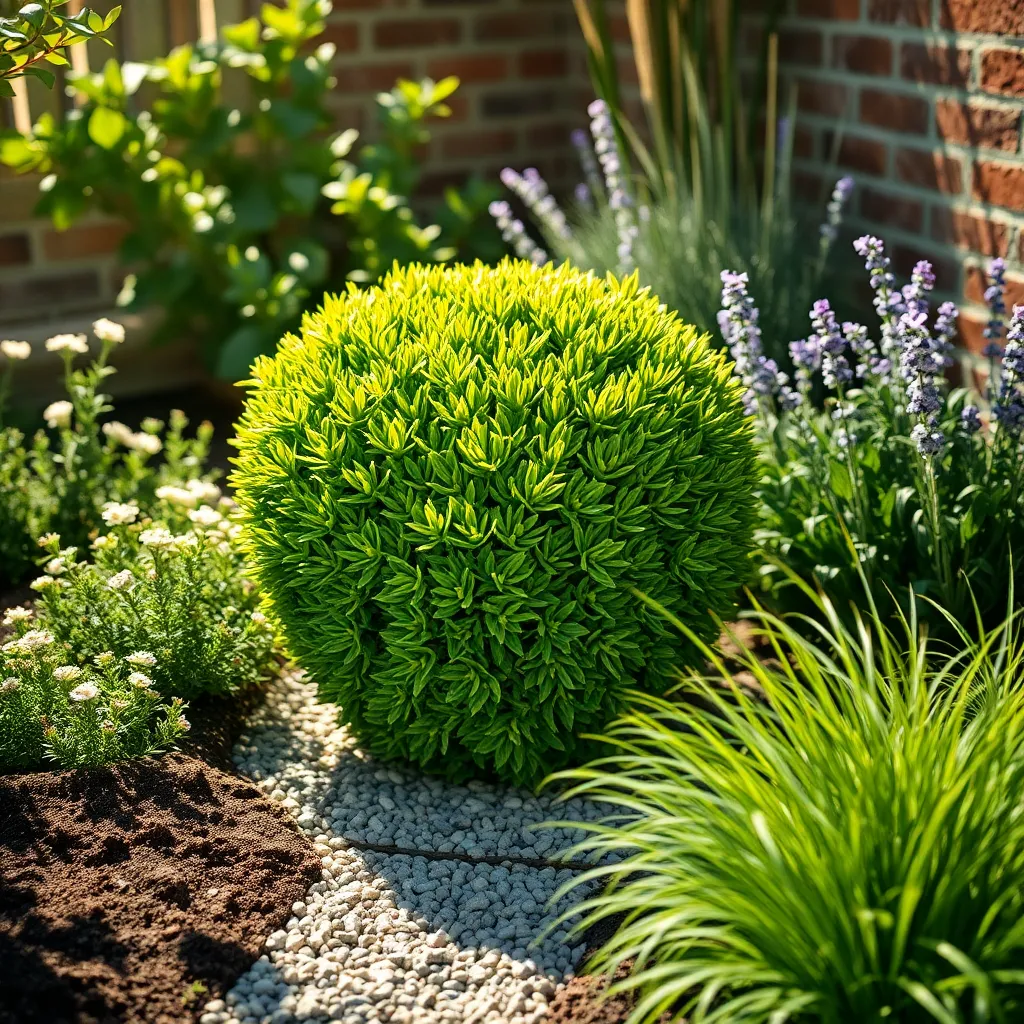
The Dwarf Boxwood is an excellent choice for small yards due to its compact size and low-maintenance nature. This versatile shrub can be easily shaped into hedges or left to grow naturally, making it ideal for both formal and casual garden designs.
Planting Dwarf Boxwood requires a spot with well-drained soil and partial to full sun exposure. To ensure healthy growth, amend the soil with organic matter like compost to improve drainage and nutrient content.
Watering should be consistent, especially during the first year after planting, to establish a strong root system. Once established, Dwarf Boxwood is drought-tolerant and only needs watering during prolonged dry spells.
Regular pruning helps maintain the desired shape and size, typically in late winter or early spring before new growth begins. For a more advanced gardening technique, consider using a slow-release fertilizer in early spring to encourage lush foliage.
Vertical Wall Planters (Space-Saving Greenery)
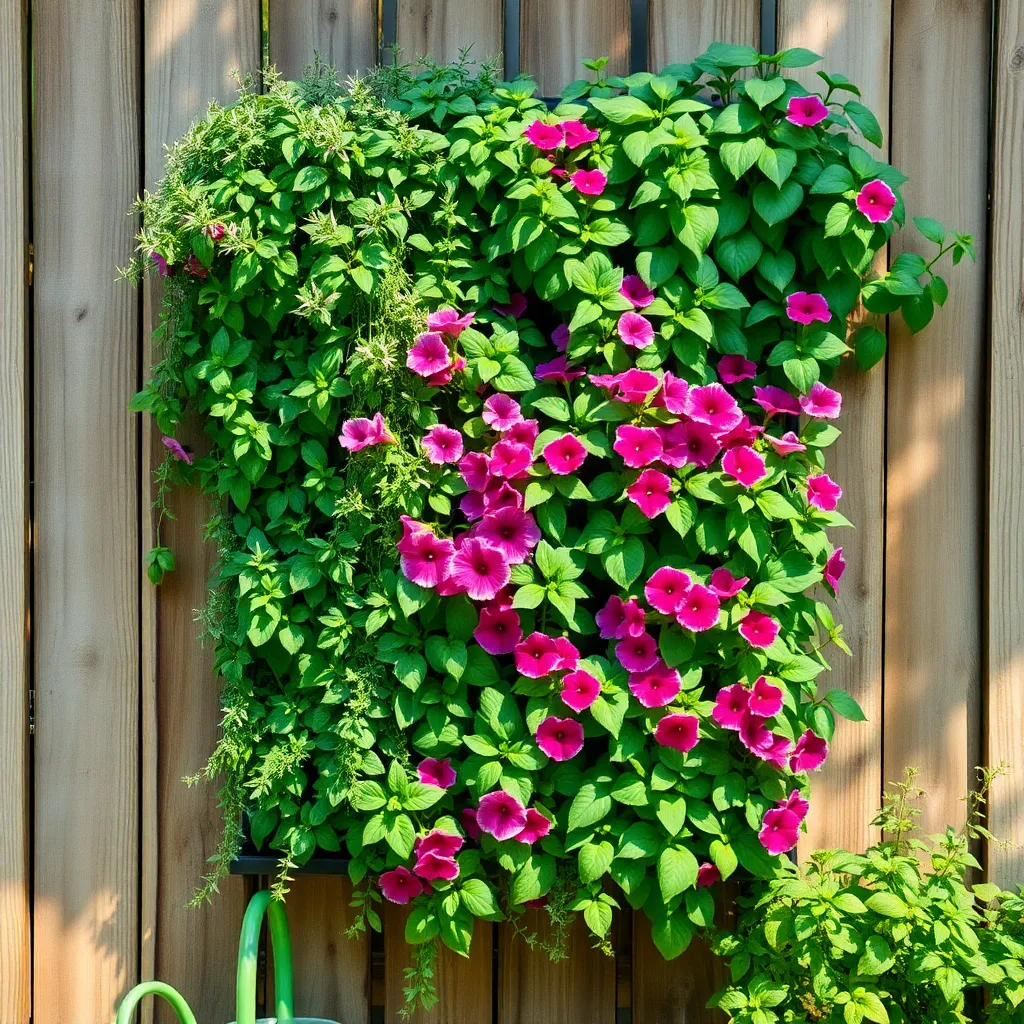
Vertical wall planters are a fantastic way to maximize limited space while adding lush greenery to your small yard. These planters can transform a bare wall into a vibrant vertical garden, offering a unique aesthetic appeal.
To start, choose plants that thrive in vertical arrangements, such as ferns, succulents, or herbs. Ensure your chosen plants have similar light and water requirements to simplify care and maintenance.
For best results, use a lightweight potting mix that retains moisture yet provides good drainage. Consider adding slow-release fertilizer to support healthy plant growth over time.
Watering is crucial for vertical planters, as they tend to dry out faster than traditional gardens. Install a drip irrigation system or water thoroughly every few days, depending on the weather and plant needs.
Miniature Roses (Colorful Blooms in Tight Spaces)
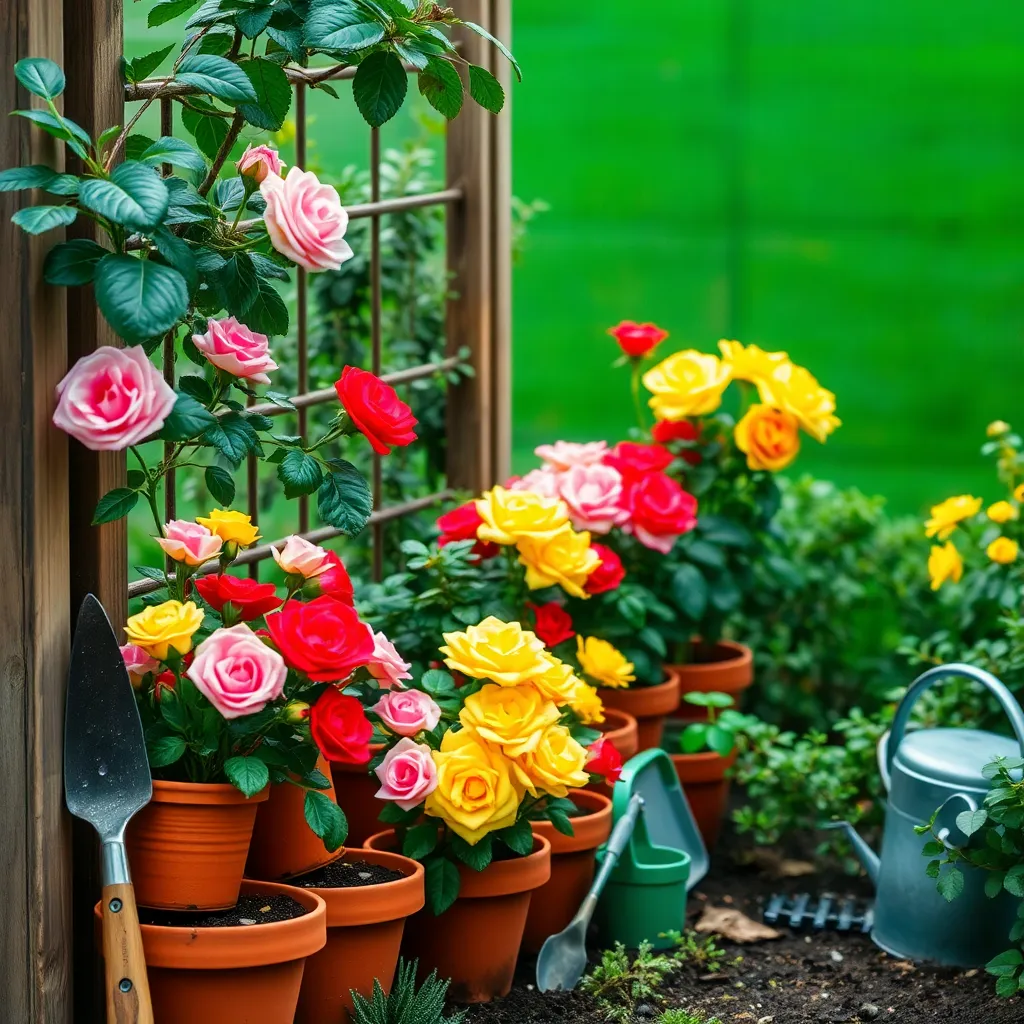
Miniature roses are a fantastic choice for small yards, offering vibrant blooms in a compact form. These roses require at least six hours of direct sunlight daily to thrive, making them perfect for sunny spots in your garden.
To ensure your miniature roses bloom beautifully, plant them in well-draining soil enriched with organic matter. Regular watering is essential, especially during dry spells, but be careful not to overwater as this can lead to root rot.
Beginners will find these roses relatively easy to care for, needing only routine deadheading to encourage new blooms. More advanced gardeners can experiment with grafting techniques to cultivate unique varieties or enhance growth.
For optimal health, feed your miniature roses with a balanced fertilizer designed for roses during the growing season. Pruning in late winter will help maintain their shape and promote vigorous growth, ensuring a colorful display year after year.
Perennial Ground Covers (Low-Growth and Soil Retention)
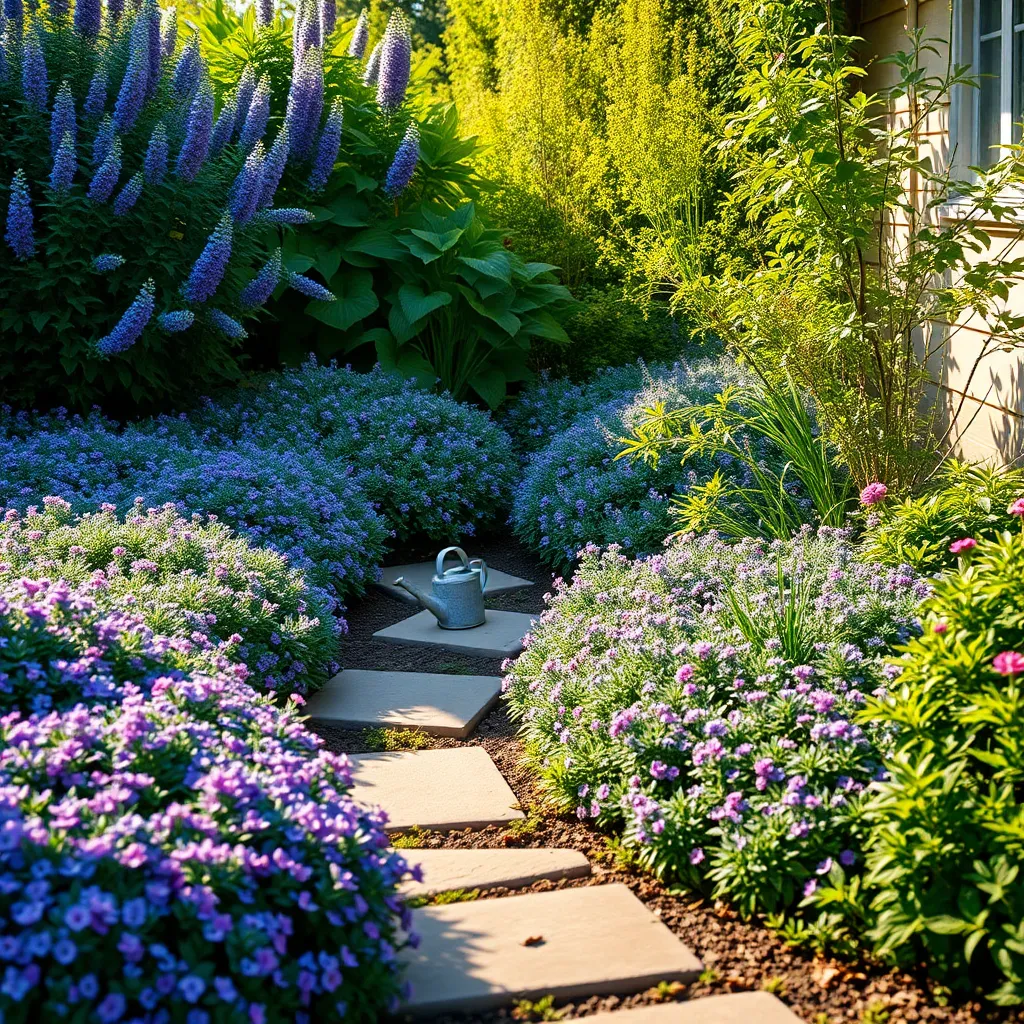
Perennial ground covers are excellent choices for small yards, offering both aesthetic appeal and practical benefits such as soil retention. Consider planting Creeping Thyme, which not only provides a lush, carpet-like appearance but also emits a pleasant fragrance when stepped on.
These plants thrive in well-draining soil and prefer full sun, making them perfect for sunny patches in your yard. To ensure healthy growth, water them moderately, allowing the soil to dry out between watering sessions to prevent root rot.
For a shady area, Sweet Woodruff is a fantastic option, known for its delicate white flowers and ability to thrive in less sunny conditions. This plant prefers moist, well-drained soil and can be an excellent choice for areas under trees or alongside shaded borders.
For gardeners looking to add a touch of color, Ajuga offers vibrant foliage with seasonal flowers. It is tolerant of a variety of soil types but performs best in rich, slightly acidic soil. Regular trimming after blooming will help maintain its compact form and prevent it from becoming too invasive.
Hanging Basket Hooks (Utilize Vertical Space)
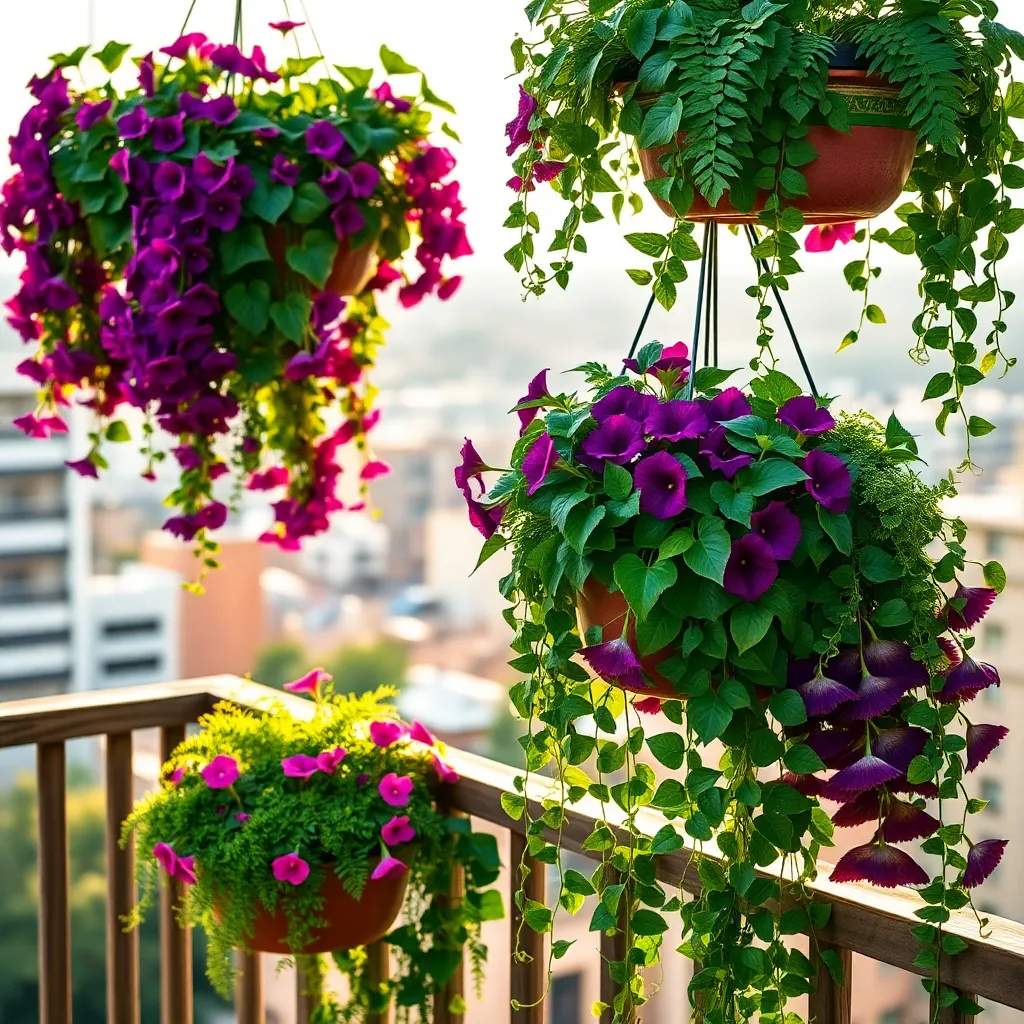
Hanging basket hooks offer a fantastic way to maximize vertical space in small yards, allowing you to enjoy a lush garden without expanding horizontally. By using hooks to suspend your plants, you can create a multi-layered garden that not only adds beauty but also enhances privacy and shade in your outdoor space.
Consider using sturdy hooks that can bear the weight of your baskets, especially if you plan to use large containers or water-heavy plants. Galvanized steel or powder-coated hooks are excellent choices for durability and resistance to rust, ensuring your setup remains secure over time.
For plant selection, opt for species known for their trailing or cascading growth habits, such as petunias, fuchsias, or lobelias, which thrive in hanging environments. Ensure these plants receive the right amount of sunlight by positioning your baskets where they can enjoy full to partial sun, enhancing their blooming potential.
It’s crucial to use a high-quality potting mix designed for hanging baskets, as it retains moisture better than standard garden soil. Adding a slow-release fertilizer to the mix can help maintain nutrient levels, promoting vigorous growth and vibrant blooms throughout the growing season.
Conclusion: Growing Success with These Plants
In nurturing your small yard, the beauty of outdoor plants mirrors the intricacies of a thriving relationship. We’ve explored five key concepts: choosing the right plants, understanding your garden’s needs, fostering growth with proper care, balancing variety with harmony, and maintaining regular attention. These principles apply not only to cultivating a garden but also to nurturing the relationships that enrich our lives.
As an actionable next step, take a moment to assess your current relationship landscape—whether it’s with a partner, friend, or family member—and identify one area that could use a little extra care or variety. Implement a small change today, like setting aside dedicated time to connect or introducing a new shared activity.
Remember, growth takes time and patience. To ensure you have a ready reference for your journey, bookmark this article. It will serve as a valuable guide as you cultivate both your garden and your relationships.
Looking forward, with consistent care and attention, you can create a flourishing environment in both your yard and your relationships, where every connection is a testament to your dedication and love. Let this be the season of growth and connection.

